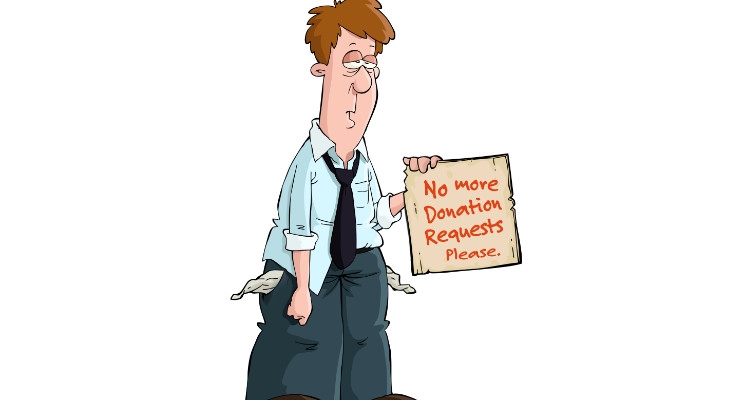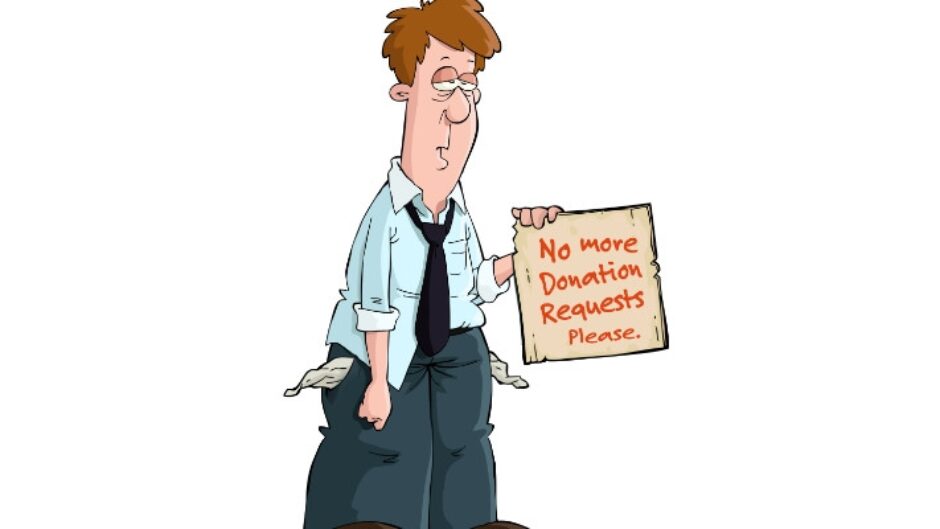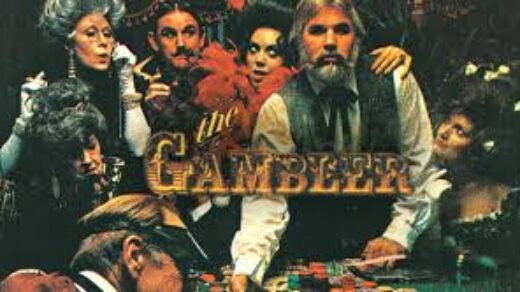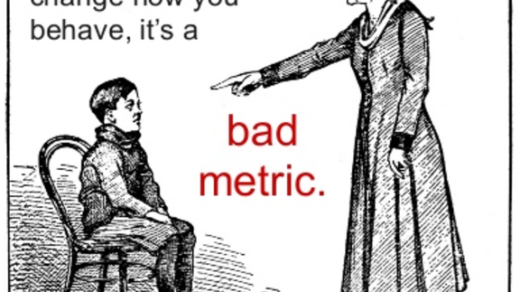
Donor fatigue has been defined as “a lessening of public willingness to respond generously to charitable appeals, resulting from the frequency of such appeals”. I think that fundraisers today speak of donor fatigue much more on the micro level than on the macro level. And, unfortunately, many fundraisers use this as a justification for a failed campaign.
It is very true that in today’s world, donors are bombarded with many different asks to support an ever-growing cadre of organizations. It can definitely be overwhelming and sometimes even irritating. I am reminded of a focus group that I was privileged to watch from behind a one-way glass window. The participants (all Direct Mail donors) said that they were annoyed that they received monthly solicitations by mail to support that particular organization. In reality, the organization’s policy was that it would send out a maximum of four Direct Mail packages annually. Maximum. The fact that the donor believed it to be monthly was a bit surprising, to say the least. But their perception became their reality.
I believe that it is not truly donor fatigue that is plaguing charities, rather it is a lack of understanding of the individual donor. They are not getting enough individual attention. Too often, the donors are sent mass emails, or Direct Mail letters and not as many individual customized one-on-one interactions.
I would be remiss if I didn’t state that donors do feel a sense of donor fatigue (which is different from an organization claiming that there is donor fatigue ‘out there’). In the book The Art of Giving: Where the Soul Meets a Business Plan, written by Charles Bronfman and Jeffrey Solomon, the authors contend that donors should provide the majority of their philanthropic dollars to a few organizations that they truly want to affect and a minor proportion for “everything else”. This way, donors can truly make some impactful donations. And, furthermore, the donors are empowered to say “no” (or at least “not now”).
I keep going back to my premise that there was not any more money in the world the day before Hurricane Katrina than there was the day after the Hurricane, yet tens of millions of dollars flowed to various aid charities. There didn’t seem to be any donor fatigue there. Many donors already supported many aid organizations. It was about making a compelling and cogent case — the visuals of the sheer devastation inspired many to action.
To evaluate if there is truly donor fatigue, try using a different phrase (other than ‘donor fatigue’) to describe the phenomenon. Just because attendance is down at your annual golf event or biking event, is not necessarily indicative of donor fatigue. Maybe your event has run its course. Maybe there are better events out there. Maybe the sponsors weren’t treated as well as they had hoped.
All food for thought.
L’chaim!
jack




